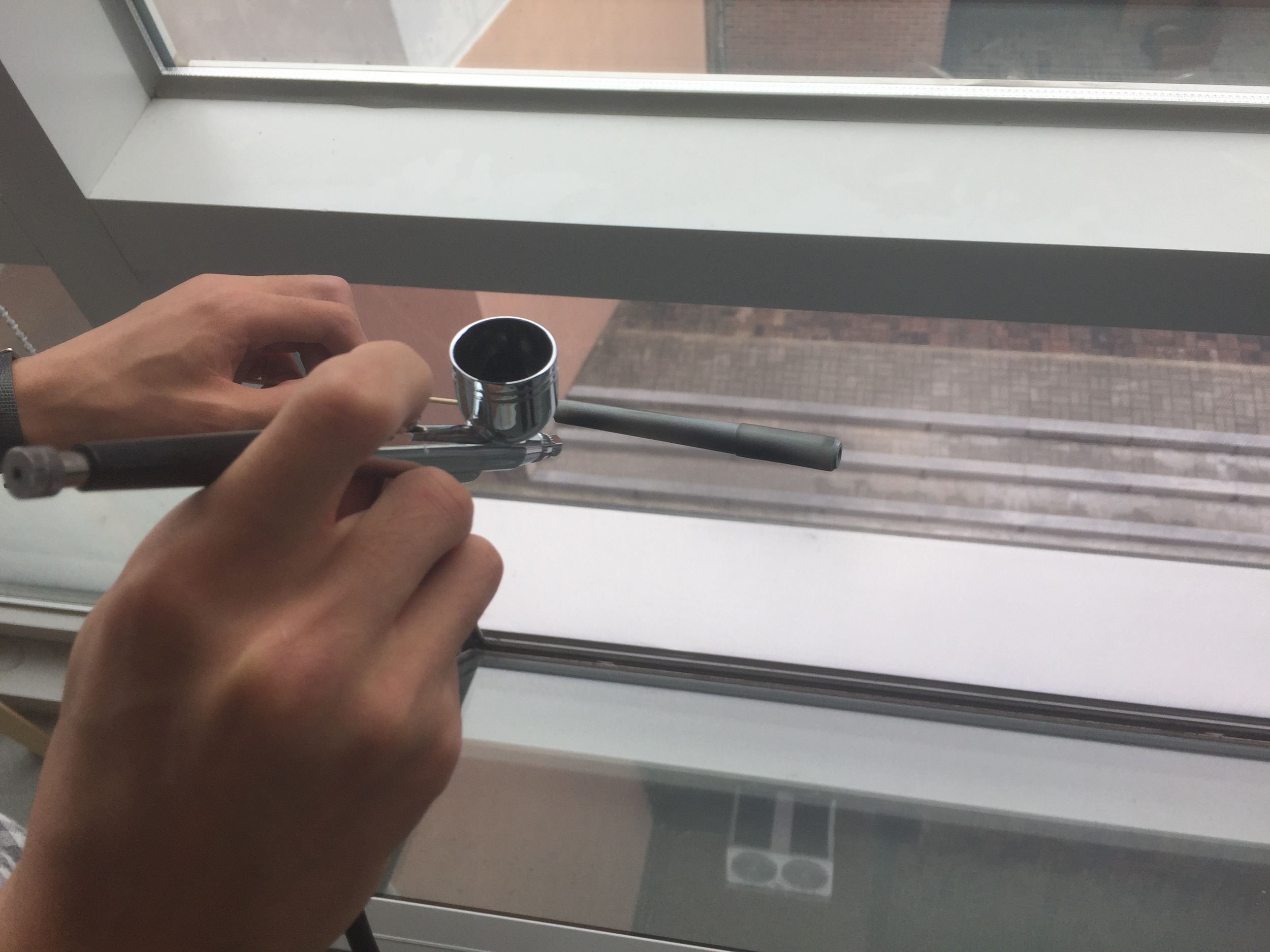Veri-Pen
2015 Undergraduate Thesis
Have you ever been frustrated at online log in system? Veri-Pen is a digital identification tool for online activity. It provides enhanced security yet simple verification procedure, through dual identification of finger print and signature.
Funded by KAIST Research Promotion Team, advised by Sangmin Bae
Published at CHI 2016 and exhibited at Tokyo Design Week 2015
Illustrator, Photoshop, Premier, Rhino, Keyshot, Arduino, Processing
Awards
2016 CHI SRC 3rd Place
2015 ID KAIST Graduation Project 1st Place
2015 K-DESIGN Award Winner
2015 Spark Design Award Finalist
“Many of the security requirments are unnecessary, and needlessly complex...The safest methods require multiple identifiers, the most common schemes requiring at least two different kinds: ‘something you have’ plus ‘something you know.’”
Introduced in
Veri-Pen is an alternative digital identification device that delivers identification through combination of fingerprint data and signature.
PROBLEM
Most of the online identification systems relies on an ID - password combination, with variables including minimal string length, capitalization, numbers and non-alphanumeric characters. There exist two central axes in the functionality of such digital identification: secureness and simplicity. These two values are most often inversely proportional. A highly secure identification system utilizes a large set of variables, which sacrifices usability and simplicity. While this is true, biometric identification can be simple method of identification.
Concept Video
Aesthetic Mockup
Working Prototype
Demo Video
User evaluation
I conducted a user evaluation with 10 participants (seven male and three female; average age : 24.2 years). The participants were given 2 minutes of tutorial time including biometrics registration, and were then granted 10 minutes to compare a simulated regular password and the Veri-Pen authentication procedure, as shown on Figure 6 and 7. Afterwards, an unstructured interview was conducted. The purpose of the user evaluation was to see if they would find the procedure of identification intuitive and if this interaction was safe and simple in terms of user experience.
The user evaluation included a qualitative evaluation of the identification experience of Veri-Pen.I asked the participants to plot where Veri-Pen would lie along the Cartesian map of the axes.
User simulating of regular password generation (left), user testing Veri-pen demo program (right)
Results
The premise was that the participants would feel online authentication through the pen device to be safer and easier than the conventional ID - password method or other types of identification.
All participants found this system to be more secure than complex password combinations, while maintaining its simplicity. All participants agreed that the design of Veri-Pen was intuitive and use of biometrics seems more secure than passwords. One participant commented that, “it felt like signing on a digital receipt.” Another participant commented, “I sign regularly, so I think the pen based identification seems intuitive for people with distinct handwriting.”
The gathered feedback from participants
Achievements
HCI and Design related venue publications and presentations, including CHI 2016.
Exhibited at Tokyo Design Week 2015 and IDKAIST Graduation Show.













































